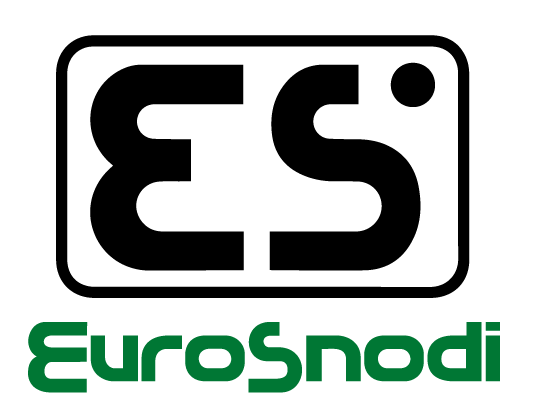AXIAL AND RADIAL CLEARANCE IN BALL JOINT INTEGRITY
Clearance is an essential component of ball joint quality, which is very often not taken into account when selecting the most suitable part for one’s type of application. In fact, a ball joint that works in a particularly aggressive environment or is subjected to intense stress may deteriorate rapidly if it is not designed to withstand such conditions.
Clearance, indicates the amount of movement the two components have between them. Good ball joint design must take into account the correct amount of clearance to be applied so as to ensure efficient and durable operation of the entire system in which the joint is used. In addition, the ball joint must be regularly inspected and maintained to ensure that it always functions properly and is as efficient as possible.
Measuring a ball joint, such as those belonging to the relubricable ball joint family, can be straightforward in terms of measuring inner and outer diameters. However, for the measurement of radial and axial clearance, specific equipment is required. For radial and axial clearance, dial gauges are usually used.
In any case, it is essential to work with precision and care, because even a small error in ball joint measurement can lead to problems with functionality and safety when using the component. In addition, it is important to consider the manufacturer’s specifications to ensure that the ball joint is compatible with the application for which it is being used and that the measurements are correct. This will ensure maximum efficiency and durability of the component, avoiding potential problems and increasing safety in use.
Usually, ball joints comply with ISO standards, in the case of lubricatable ones ISO 12240/1. However, during the backlash measurement tests described above, significant differences may emerge. Non-compliance with the standard is due to a combination of the imprecision of the tolerances of the two components of the ball joint: the outer ring and the inner kneecap. To minimize this type of problem, high-quality ball joints of recognized brand names such as Eurosnodi’s can be used that meet the required standards.
In addition, it is advisable to perform regular checks on the clearance of the ball joint to make sure that there are no abnormal increases in clearance over time. In case of problems, it is important to contact an expert in the field to perform any replacements of the defective component.
Let us consider another important feature: the contact surfaces between the two parts. If the sphericity were not perfectly equal, the point of contact might be on only two points instead of the entire surface. This type of partial contact can create a “false measurement” of clearance that might be correct, but cause uneven load distribution, which could lead to problems such as damage to the parts or a reduction in their service life.
To avoid these problems, it is important to make sure that the contact surfaces are as uniform as possible, so that the load distribution is even. To do this, sanding or lapping techniques can be used, which provide extremely smooth and uniform surfaces. In this way, maximum efficiency and durability of the parts involved can be ensured, keeping them in perfect condition for long-term use.







Post a Comment